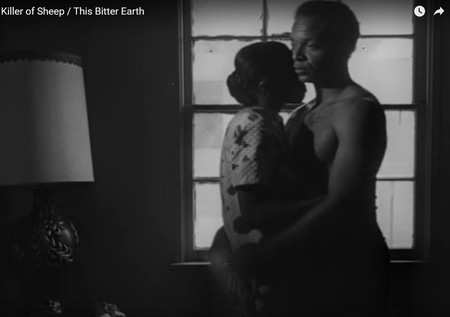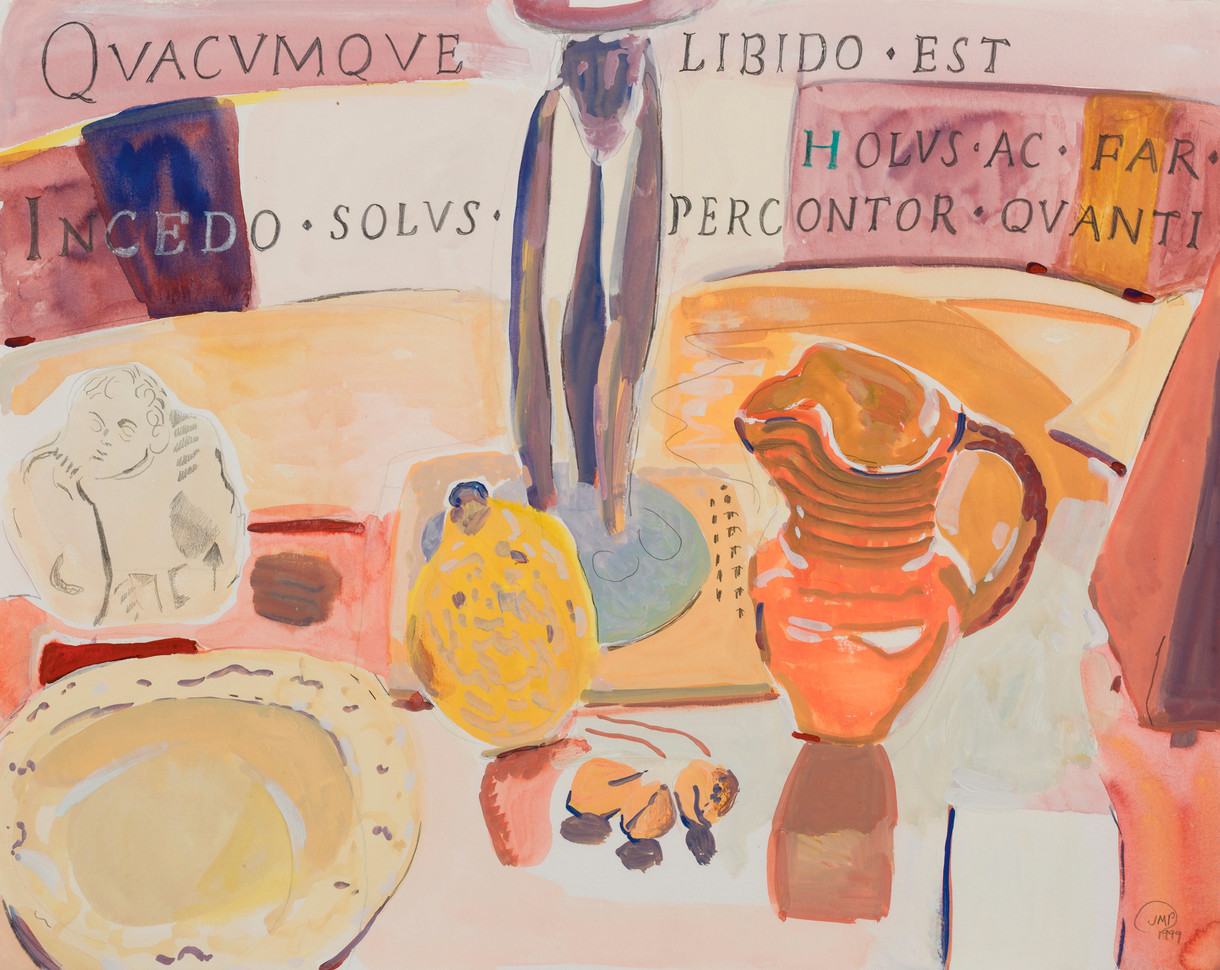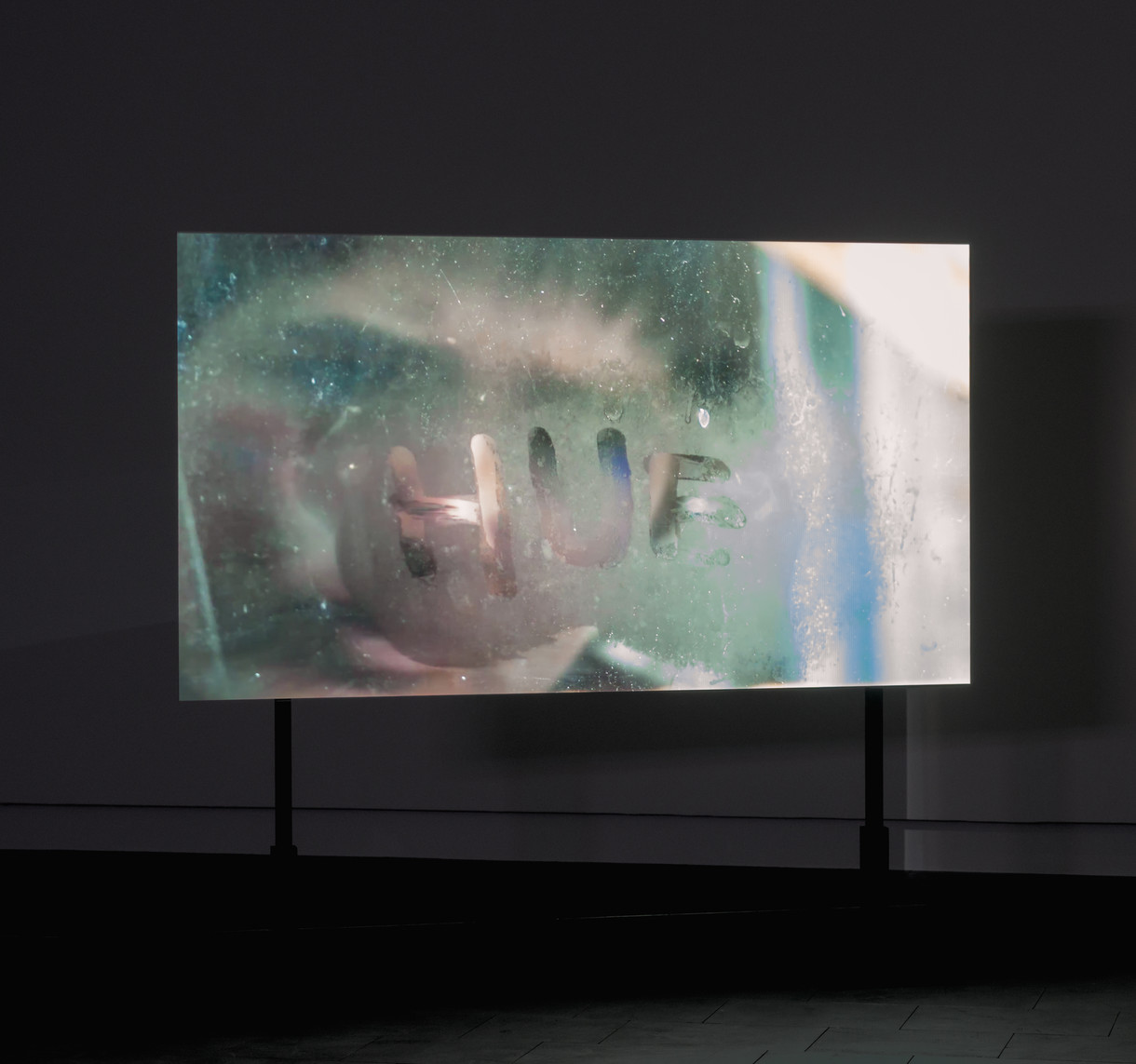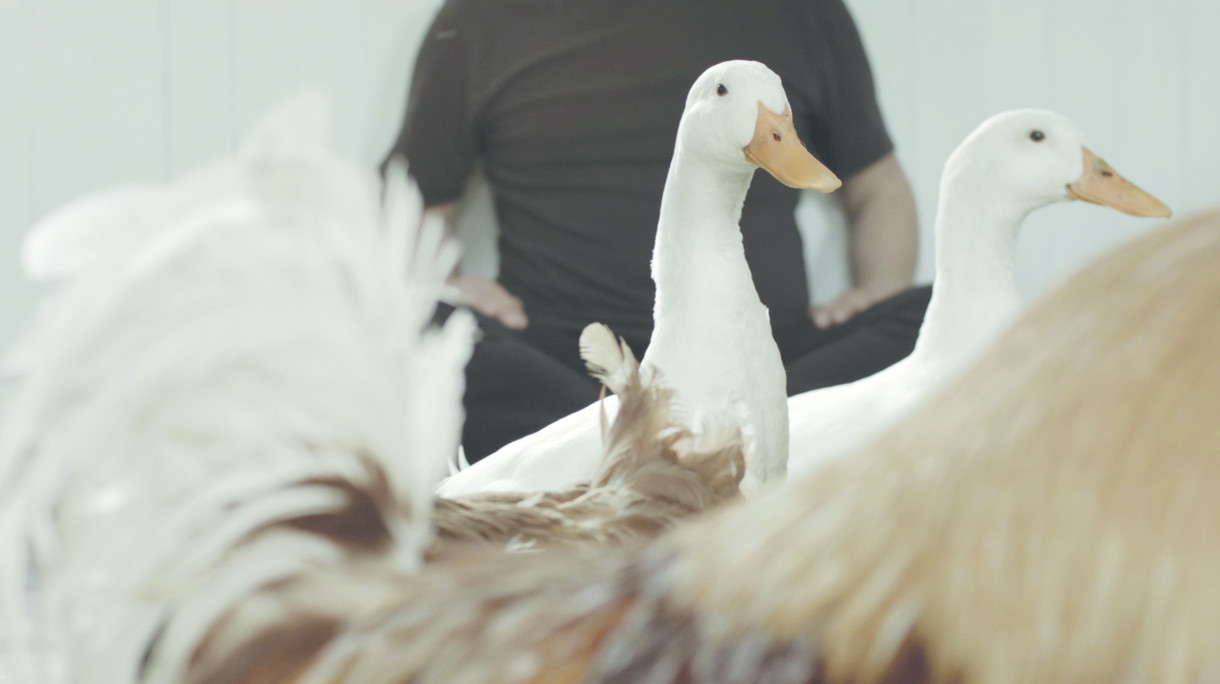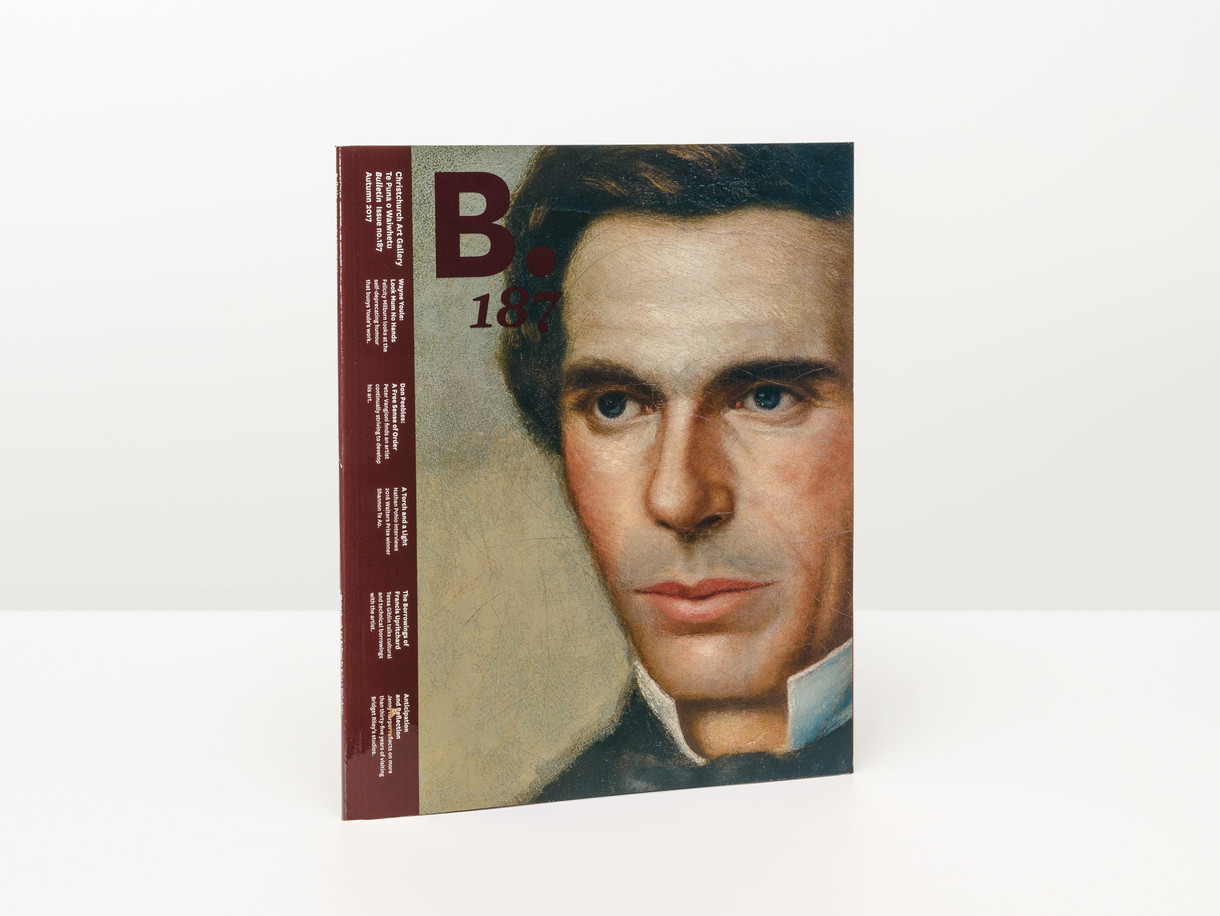A Torch and a Light
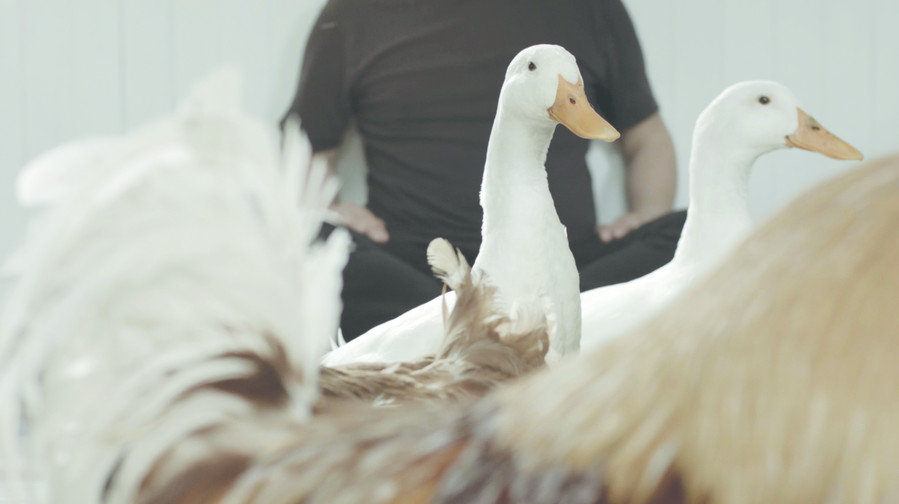
Shannon Te Ao two shoots that stretch far out (video still) 2013–14. HD video, single-channel, 13.22min, colour, stereo sound. Courtesy of the artist and Robert Heald
Shannon Te Ao is an artist of Ngāti Tūwharetoa descent. In 2016 Te Ao won the Walters Prize for his works, two shoots that stretch far out (2013–14) and okea ururoatia (never say die) (2016). Working in video and other performative practices Te Ao investigates the implications of various social and linguistic modes. Assistant curator Nathan Pohio, himself a nominee for the 2016 Walters Prize, discussed working practice with Te Ao in December 2016.
Nathan Pohio: One of the things that interests me about your work is that you might take a whakataukī, waiata or pēpeha, and then translate that and perform it to video. But I’ve also seen you collaborate and have performances delivered by others. So there's the permanence of the video work and then there’s the more temporal work of the performance. Could you please expand upon this?
Shannon Te Ao: My interest in performative practices centres around a notion of immediate physical response. Physical impetus forms the beginning to understanding very complex ideas—anything that you learn starts with a very small hunch. I always come back to that initial physical response as a moment in which one might start to engage with complex, conflated, multi-layered and often contradictory social situations, ideas or historical events. The singular embodied moment is a recurring motif in my work.
A complex understanding of anything starts from somewhere, and that starting point is often represented in my work through simple, repetitive actions. It might be a reading, a recital or a different form of physical activity—a really simple activity that we often take for granted. Reading is simple, but grappling with the meaning of a text is anything but. I’m interested in that tension, and how it relates to an imagined everyday experience.
Whakataukī, waiata, poetry and song are different ways to map out a space. They reflect upon the physical context of the narrative, but they also often consider the cerebral spaces that we might explore as people. For example, the text that is prominent within two shoots that stretch far out is, on one level, a very simple and relatable image of domesticity, but it’s explored and considered in terms we don’t actually often articulate in our everyday experience.
NP: Domestic tension resurfaces in your work in the whakataukī you choose, and the way you reflect situations. For example, a torch and a light (cover) (2015) is created with simple, easily accessible domestic materials.
STA: I am interested in the idea that you can make artwork out of anything. What is beautiful to me is an artist, or a person, that is able to make do with what is around them. Generally the material in my work is relatively easy to come by. More specifically, it points back towards a commonly imagined version of domesticity. I say imagined, because I wouldn’t really presume to know what somebody else’s domestic situation is like.
The first shot that you see in a torch and a light (cover) is a panning shot of the interior of a former abattoir. I was interested in imagining that as a place of refuge, and trying, through the juxtaposition of the various video components, to create a space that was kind of tender and even welcoming. To me that is not necessarily about showing pictures that are ‘lovely’, but opening up a certain type of thinking space for an audience. The gaps between the main components of the work, the vocal and the text components, are markers to plot out an imagined discursive space for whoever is experiencing the work. The ambiguity in the work then aims to promote a level of inclusivity, through the borderland that it opens up—the in-between, ambiguous space where nothing is dictated, but everything needs to be negotiated in relation to the things that are around us.
Almost always any performative action that is captured in the work is a live take, and that sense of immediacy is something that interests me, particularly in relation to the idea of that immediate physical impulse as a way of understanding.
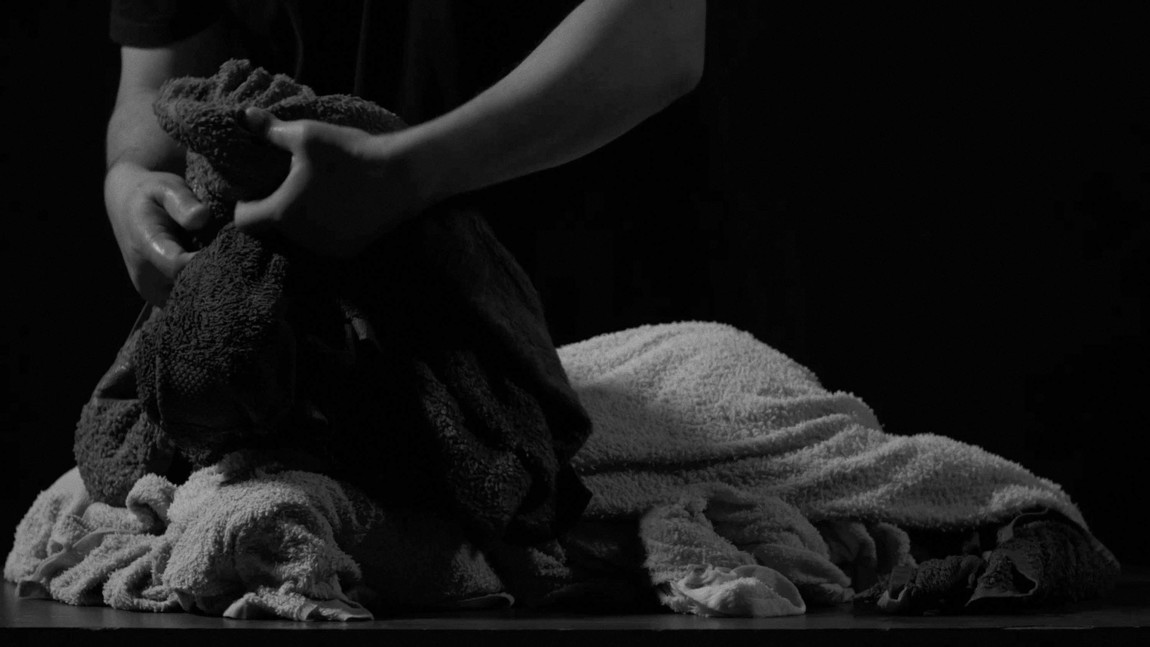
Opposite: Shannon Te Ao a torch and a light (cover) (video still) 2015. HD video, single-channel, 7.35min, B/W, stereo sound. Courtesy of the artist and Robert Heald Gallery, Wellington
NP: Is there a process fit for purpose for each work or is there a general kaupapa for everything?
STA: In terms of a kaupapa for the performances, it is about trying to facilitate a space (for me, or other people that I might be working with) where everyone feels, first of all, safe. Safe to be involved and safe to express themselves, with a sense of open-endedness and freedom. That has essentially become a starting point that I try and facilitate around any performance work, whether it’s a video, film performance or a live performance. They are very different ways of practicing for me. There are different things that I need to be responsible to in both contexts. I’m more interested in working with other people in a live setting. Similarly with the video works—I’m getting more and more interested in removing myself and placing others in front of the camera.
NP: Are there any specific moments in movies where the camera has particularly impressed you?
STA: I suppose a director that I might cite would be Apichatpong Weerasethakul. I’ve been watching his work for the last seven or eight years, and I could talk about a number of his films, but I’ll just quickly mention Uncle Boonmee Who Can Recall His Past Lives, which came out in 2010. One of the things that I find compelling is his mode of storytelling, which is slow and meditative but also disrupts the conventional notion of time. He has a gift for pointing a viewer towards something that is quite sparse, but framing that moment in a way that is rich, challenging and multi-layered. I wouldn’t say that he’s necessarily the most significant director that I look at, but I remember watching that film with Iain Frengley, who is a long-time collaborator, and both of us really just going on a journey with it. We were both on the Rita Angus Residency when that film came out and we watched it a number of times during those months.
NP: In cinema, long takes are typically used as a device to create tension, because audiences are used to a particular pace of editing that pushes the narrative along. I tend to look at video installation as the material make-up of something and then from there start to build up an idea and sink myself into any psychological or emotional territory the work might have. I find video installation work so much more satisfying when I think about things that way, because there are wider implications to a work in this field than simply the content.
STA: The work is not just the video clip. It’s easy for me to send you a link to a video file, but that’s not necessarily how I would have people consider my work. I think there is still a kind of subconscious preference given to the imagery of the video as opposed to the audio of the video. Those things are always fundamental to what I would have people consider to be one of my works. It’s only when an audience experiences the installation of the work that the discussion happens. That’s where it’s at for me.
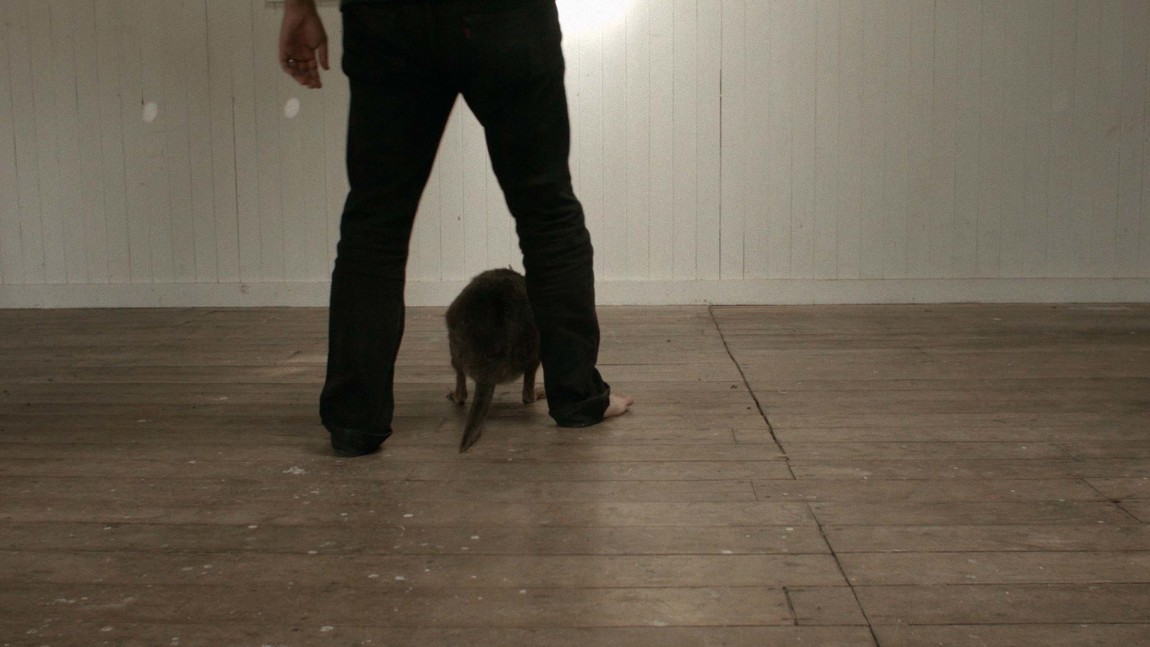
Shannon Te Ao two shoots that stretch far out (video still) 2013–14. HD video, single-channel, 13.22min, colour, stereo sound. Courtesy of the artist and Robert Heald
NP: Some recent work of yours has been produced with a really strong focus towards light and colour—is that a serious consideration for you?
STA: I used to be less interested in staging—it used to be just about, ‘okay, this is where we are and this is what we have to work with.’ But then I found myself feeling limited by the reference to actual geographical locations. So it has become important to me to open up new kinds of spaces and new ways of making. I’m working through a relatively slow-burning process of reconsidering how I manage my own reference material, including the locations that might spark a particular project.
There is a shift from liveness to a more constructed space happening in my work. And so that changes the register, the overall tone or the inference that a singular work might prompt. In Untitled (epilogue) (2015), the work responds to Joanna Margaret Paul’s poetry. The studio lighting used offered a number of things. It was a homage or reflection to her interest in colour and form. It was also a simple way to highlight the form and physical qualities of the plants that feature in that video. And, on top of both of those things, it was also a device to help me propose an image beyond reality. That’s really how I see it.
NP: Domesticity is elemental in Joanna Margaret Paul’s work and you seem well suited to respond to it. How did you prepare for this commission?
STA: Mark Williams from Circuit, who commissioned that whole project, simply gave me a handful of her published poetry as a starting point for my own response. And as with her drawings or paintings, they enact a quality that is common, perhaps not everyday. But then her poetry, her paintings and drawings, are all triggers for much more complex issues. I think her written work embodies some of the ambitions that I have for my own work: digestible, accessible, relatable to a common sense of experience.
NP: You responded more to the text, did you?
STA: Yes. You can read her film works through the same lens or filter that you might read any of her written or poetic works. Part of the power of the work and part of my own intrigue in it is the way that it is momentary, but somehow universal.
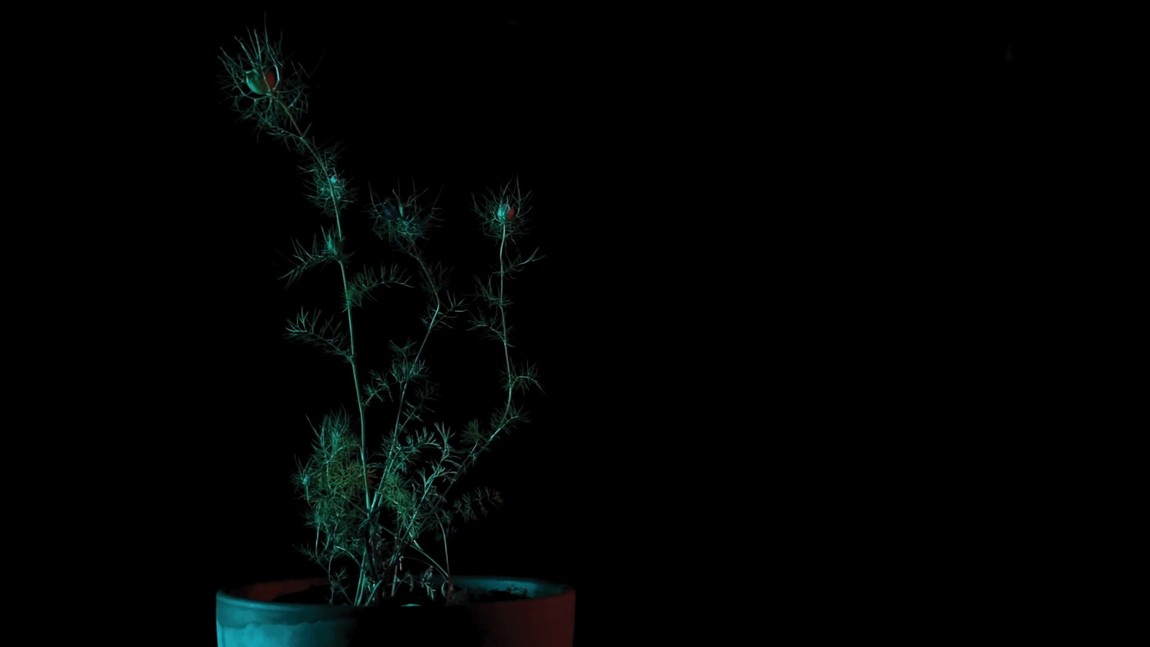
Shannon Te Ao Untitled (epilogue) 2015. Courtesy of the artist and Robert Heald Gallery, Wellington
NP: In another recent work of yours, Untitled (malady) (2016) we see two women dancing, and there also appears to be an interest in light and colour. It seems to me like the light is entering the frame from an exterior, or another space, shining through a patterned window. Are you working with the available light or something more interventional?
STA: One of the things that I love about that particular piece of footage is that there is no lighting apart from what was there in that moment. We had taken additional lighting with us and decided against using it—again, coming back to the immediacy within the sites or spaces, and using what was there. Very little post-production happened in terms of colour on that sequence.
I suppose the starting point for that footage was a sense of twilight, or transition, and essentially that is part of the work’s fundamental interest. It explores a transition of movements, but also the work does essentially move from the light to the dark. It is about communicating within that transitory space. That is reflected in the lighting, but also within the nuanced form of progression that happens socially within that sequence as well.
NP: Can you talk about that a little?
STA: Untitled (malady) references a scene in the 1978 Charles Burnett film, Killer of Sheep. That particular scene is one of the most noted in the film, and it shows the main protagonist, Stan, and his unnamed wife, slow dancing within their living room. Nothing and everything happens. The audience sees the couple slow dancing across the floor of their lounge. That’s about as clearly as I can describe it, there’s no dialogue in the film. I think from memory it’s about a two-and-a-half minute sequence, which again is interesting, given the time when that film was made. But within the context of that narrative, it is one of the most complex social interactions that takes place. And that became the impetus or the starting point for my own script. Untitled (malady) is really about two people, one real, one imagined, and what might happen if they met. I was interested in proposing that they become confidants and console each other in relation to their two very separate lives. Very simply put, the work is about how far you might connect with somebody, but then also from what proximity you might actually miss that person.
The thing that drew me to Burnett’s film is the mode of storytelling as potent social and political critique. That film is set in the late 60s, early 70s, at a moment when the American Civil Rights Movement was in a very different place. A very charged moment. In that film we’re able to bite into all of what that means in a family situation. So, I’m interested in how we bridge that gap between these massive political discourses and the home.
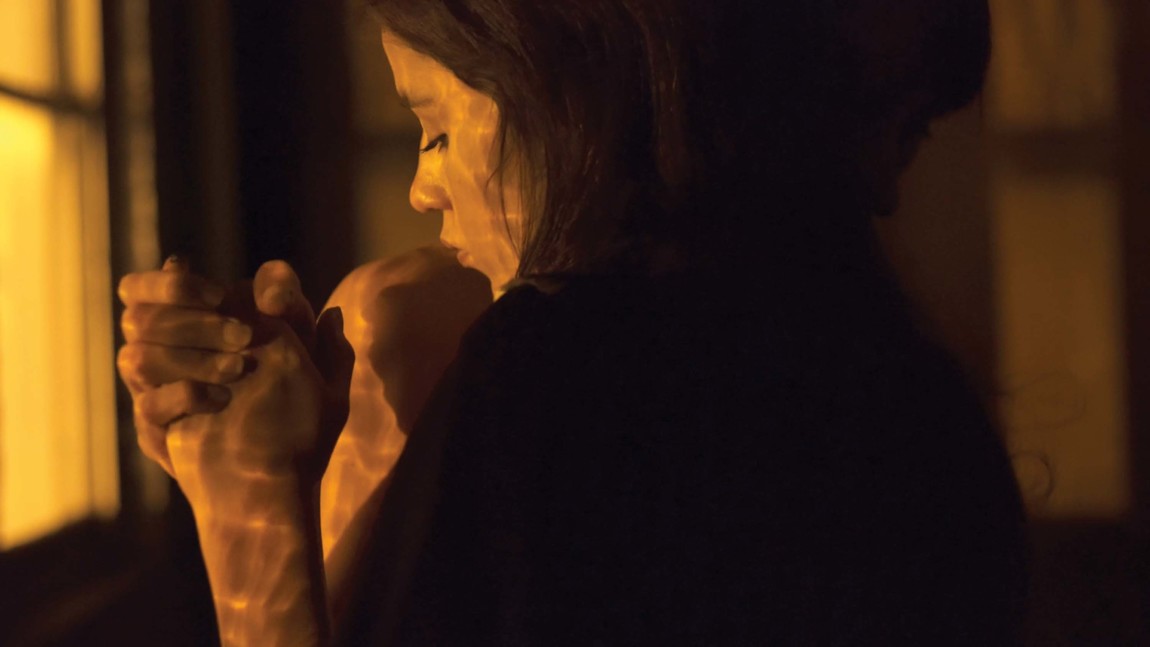
Shannon Te Ao Untitled (malady) (video still) 2016. HD video, single-channel, 13:16min, colour. Courtesy of the artist and Robert Heald Gallery, Wellington
NP: I’m going to bring us back to two shoots that stretch far out, where you appear to be reading a text to animals in a barn’s interior. You perform the reading five times, but there appear to be subtle nuances between each reading. Can you expand upon this for me?
STA: The work consists of five sequences where I’m reading different versions of the same translation to different groups of animals. The different versions are defined by my own failings and my own inconsistencies. They’re all live readings—they all sound the same at the time, but the variation comes through errors in my delivery.
I became interested in the barn as a type of professional space, a socially provisional space, which is echoed within the interaction between me and the animals. Often the animals and their trainers used it as a rehearsal space, a training ground, and so it sits as a shifting space between the animals’ home lives and their working lives. I became interested in that simple crossover.
NP: So the situation when you were doing the filming had a relationship with what’s going on in the text itself—there’s some sort of correlation between the architectural space and a psychological space…
STA: I wanted to explore the parallels between the imagined space that the text carries, and the physical reality of the performance space.
NP: There is a strong sense of you investigating ideas around text and performance and how to consider this. I imagine that, because your art making is open ended, it would generate more to think about as an artist?
STA: It’s becoming more and more clear to me that the things that I make are borne of the other things that I have made. The work itself has satisfied many of my questions, but it opened up a whole bunch more.






